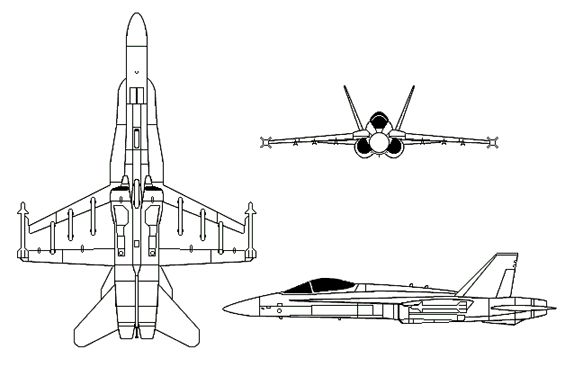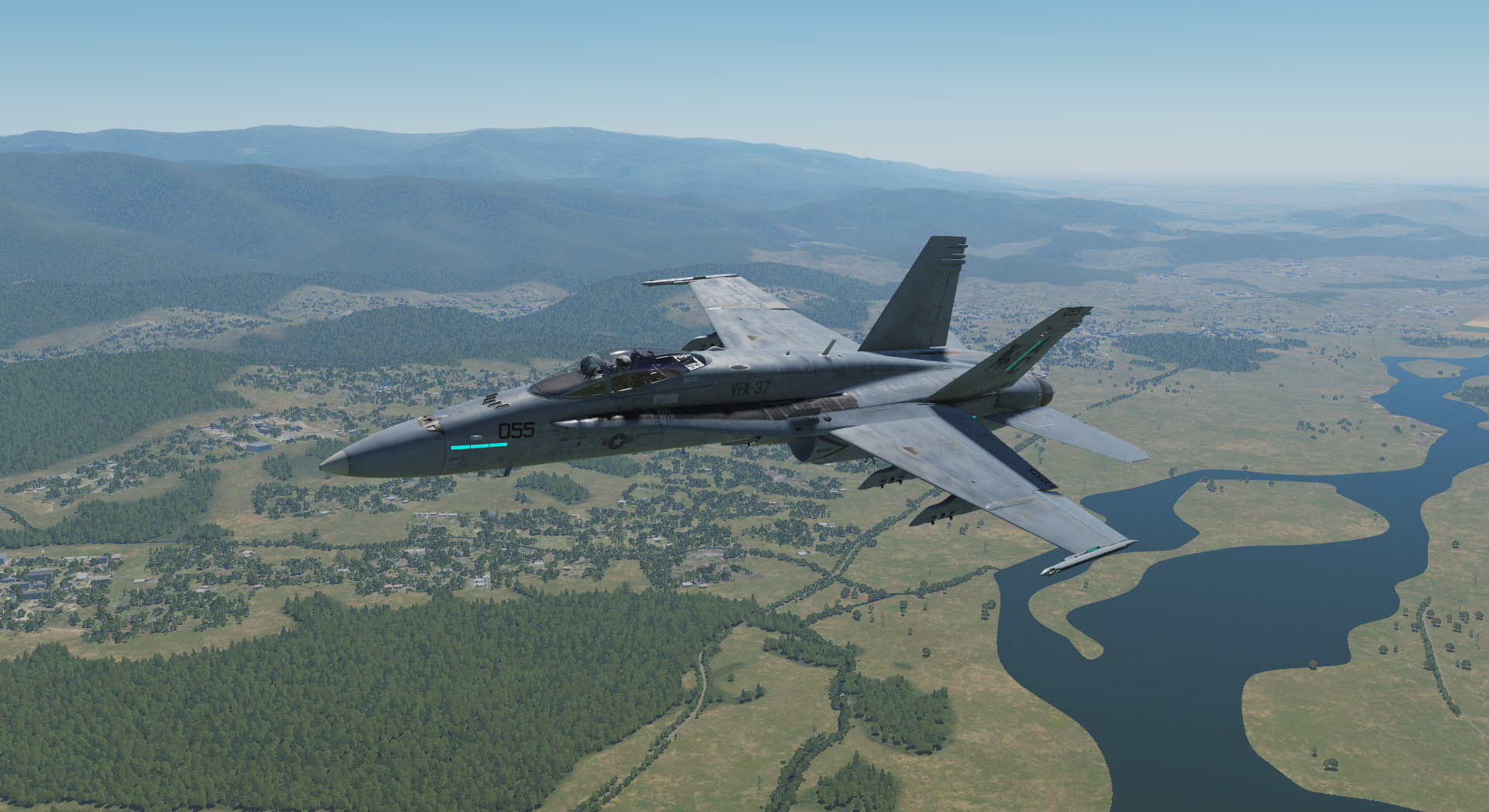General Information
 The F/A-18C Hornet was developed by McDonnell Douglas (which merged with Boeing in 1997) and is a supersonic fighter controlled by a single pilot. It has extreme manoeuvrability, can carry a variety of weapons and can operate from aircraft carriers.
The F/A-18C Hornet was developed by McDonnell Douglas (which merged with Boeing in 1997) and is a supersonic fighter controlled by a single pilot. It has extreme manoeuvrability, can carry a variety of weapons and can operate from aircraft carriers.
This module, DCS: F/A-18C Hornet, has a highly detailed flight model and is the first real multi-purpose combat aircraft from Eagle Dynamics for DCS.
This course is intended for beginners who have little or no knowledge of the F/A-18C Hornet. The course deals with the introduction to the simulation, start procedures and the necessary systems, as well as take-off and landing at the airport. Operation from aircraft carriers is not part of this course and will follow in a later course.
We recommend beginners to work through the course from the beginning. Knowing about weapon systems are useless if you can't start the machine and can't get it into the air.
You will find that the F/A-18C is relatively easy to fly due to the digital fly-by-wire flight control, but the wealth of settings, systems and switches make the F/A-18C a complex fighter. However, it is also a powerful weapon system.
In the beginners courses only the most necessary systems and switches are explained. In later courses we extend and deepen these procedures progressively.
The authors and tutors of this course will be happy to answer any questions you may have. You will find them in the Persons block to the upper right corner of this page.
A large part was created by Eagle 360th. Unfortunately he is no longer with the OFS and is therefore no longer shown as author.




